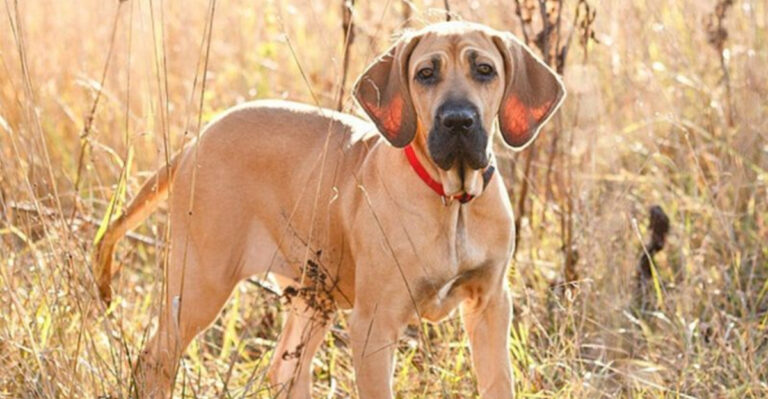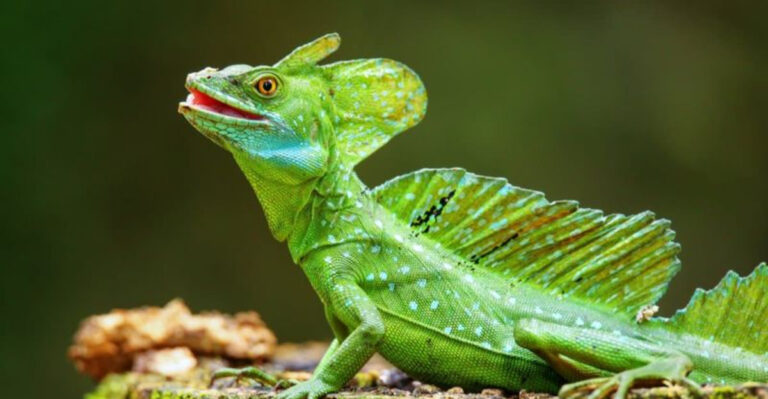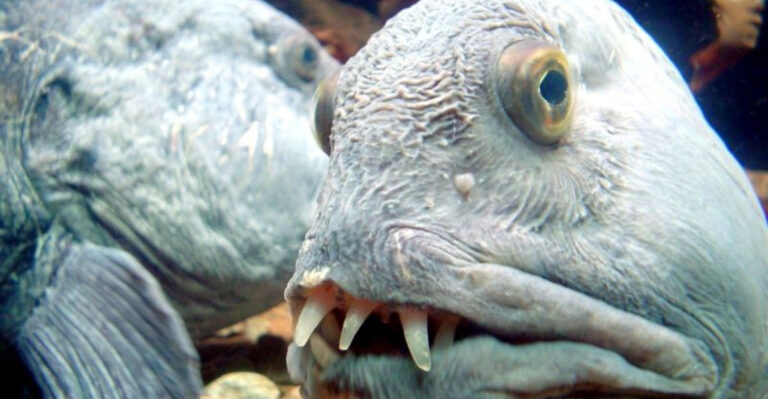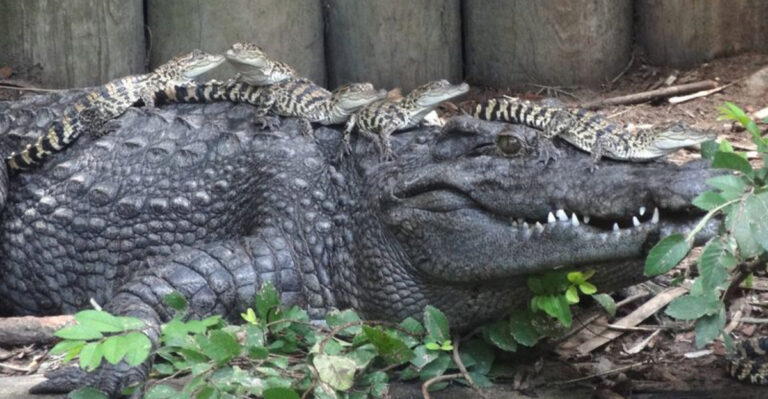14 Yard Features That Instantly Attract Happy Birds

Transforming your yard into a bird paradise doesn’t require complicated landscaping or expensive equipment. Birds seek spaces that offer food, shelter, and safety – basic needs we can easily provide with thoughtful additions to our outdoor areas.
Creating a bird-friendly environment not only brings delightful winged visitors but also supports local ecosystems and provides endless entertainment right outside your window.
1. Native Plant Gardens
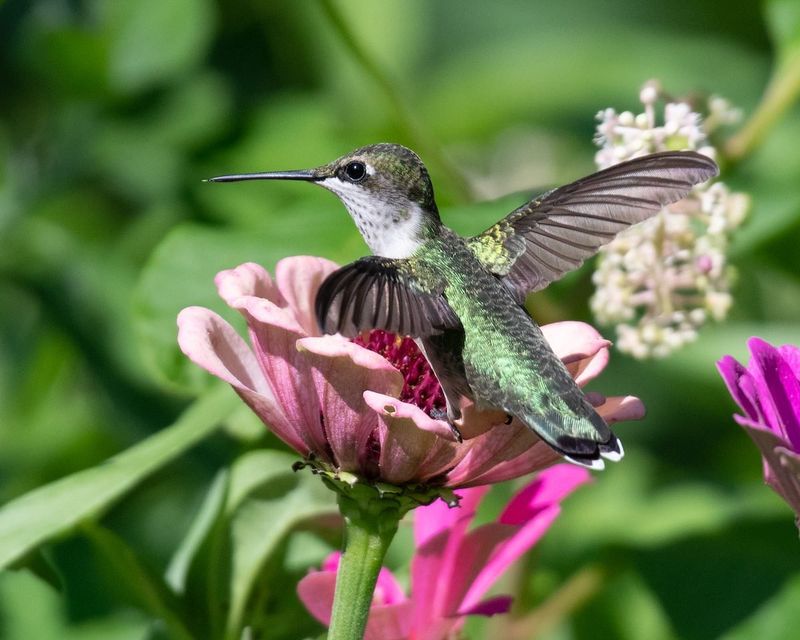
Mother Nature designed the perfect bird buffet long before bird feeders existed! Native plants produce seeds, berries, and nectar that local birds evolved alongside for thousands of years.
These plants also attract insects – a crucial protein source for many birds, especially during nesting season. Your feathered visitors will appreciate familiar food sources that match their natural diets.
2. Fresh Water Sources
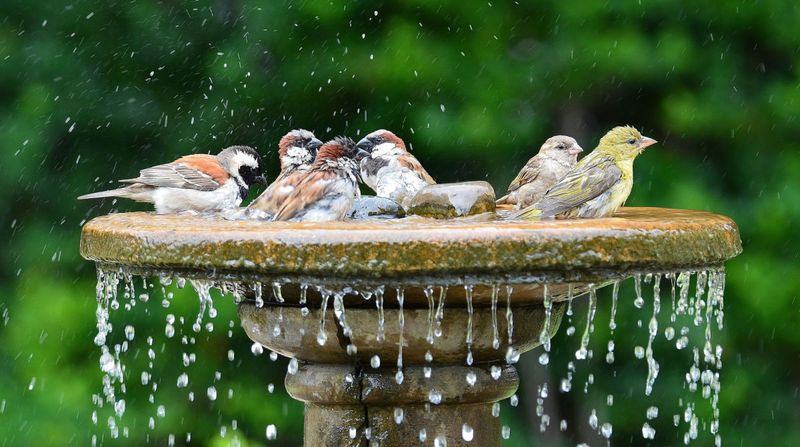
Ever noticed how birds flock to puddles after rain? Water isn’t just for drinking – it’s essential for preening and maintaining healthy feathers.
A simple birdbath with clean, fresh water works wonders. For extra appeal, add a gentle dripper or bubbler. The sound of moving water acts like a bird magnet, drawing curious visitors from surprising distances.
3. Berry-Producing Shrubs
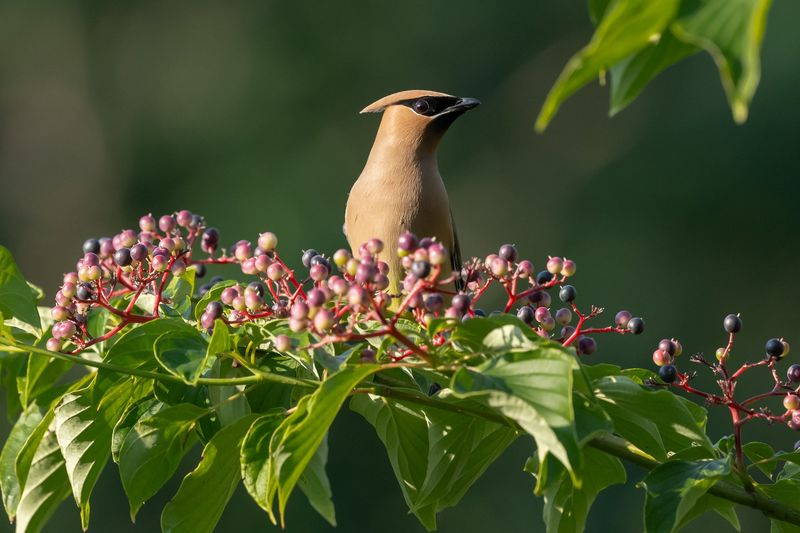
Imagine a natural snack bar that refills itself year after year! Serviceberry, elderberry, and dogwood shrubs provide seasonal feasts that birds can’t resist.
Beyond nutrition, these woody plants offer protective cover where birds can duck away from predators. The dense branches create perfect nesting spots too, giving you front-row seats to observe fascinating bird family life.
4. Diverse Feeding Stations
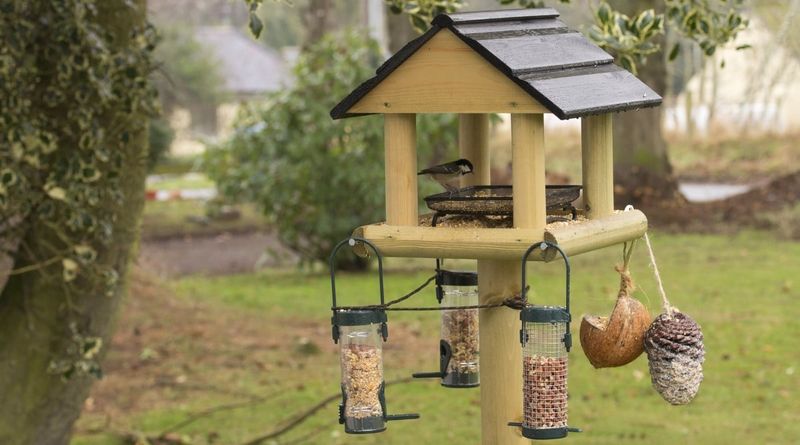
Why serve just one dish when birds enjoy variety? Different species prefer different dining experiences – chickadees and nuthatches love hanging feeders, while juncos and sparrows prefer ground feeding.
Set up multiple feeder types at varying heights. Tube feeders for seeds, platform feeders for fruits, suet cages for woodpeckers, and nectar feeders for hummingbirds create an avian food court that welcomes everyone.
5. Brush Piles
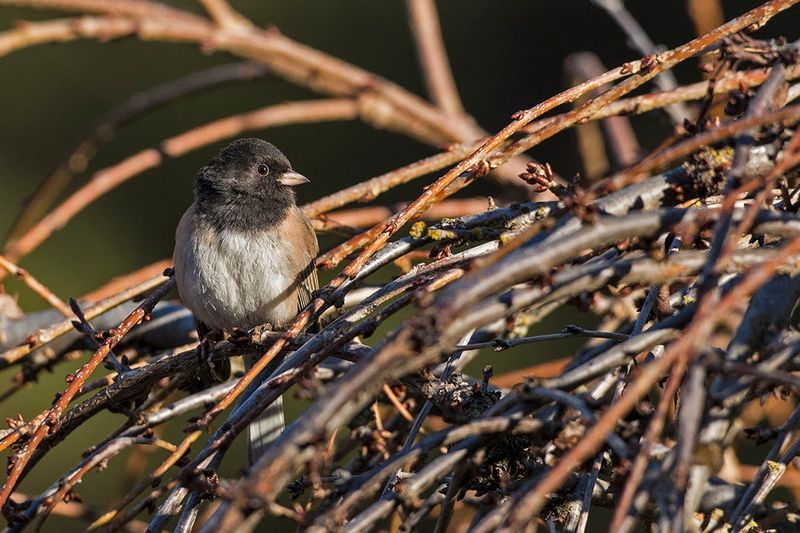
One person’s yard waste is a bird’s five-star hotel! Instead of hauling away fallen branches and pruned limbs, stack them in a corner to create a brush pile.
These natural structures provide emergency shelter during harsh weather and safe spaces where small birds can escape predators. Bonus: the decomposing material attracts insects, offering birds an additional food source right where they feel secure.
6. Nesting Boxes

Finding the perfect family home isn’t easy – even for birds! Species like bluebirds, wrens, and chickadees readily accept well-designed nesting boxes when natural tree cavities are scarce.
The secret? Each species prefers specific dimensions and mounting heights. Research local cavity-nesting birds and install appropriate boxes facing away from prevailing winds. You’ll be rewarded with intimate glimpses of bird family life.
7. Sunflower Patches
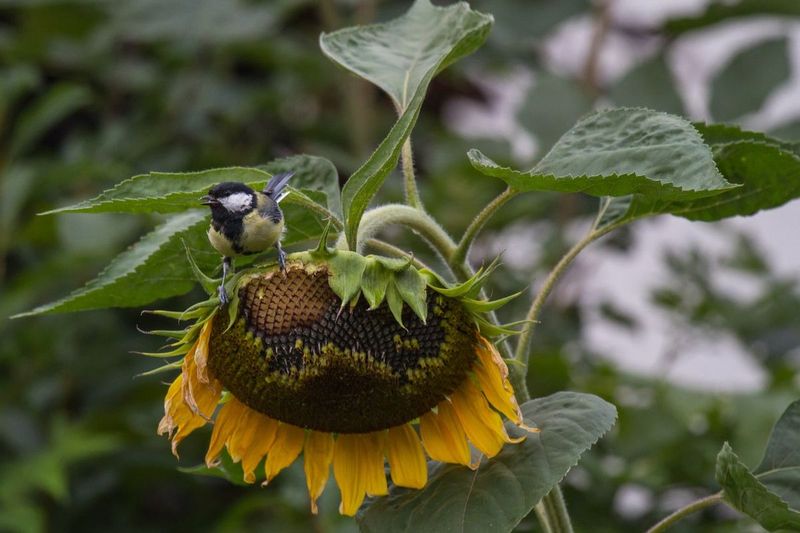
Sunflowers are nature’s bird feeders! Their massive flower heads transform into natural seed dispensers as they mature, attracting finches, chickadees, and even woodpeckers.
The tall stalks provide perching spots while birds feast, and you’ll enjoy watching acrobatic feeding techniques. Leave the dried flower heads standing through fall and winter – they’ll continue feeding birds long after summer ends.
8. Coniferous Trees
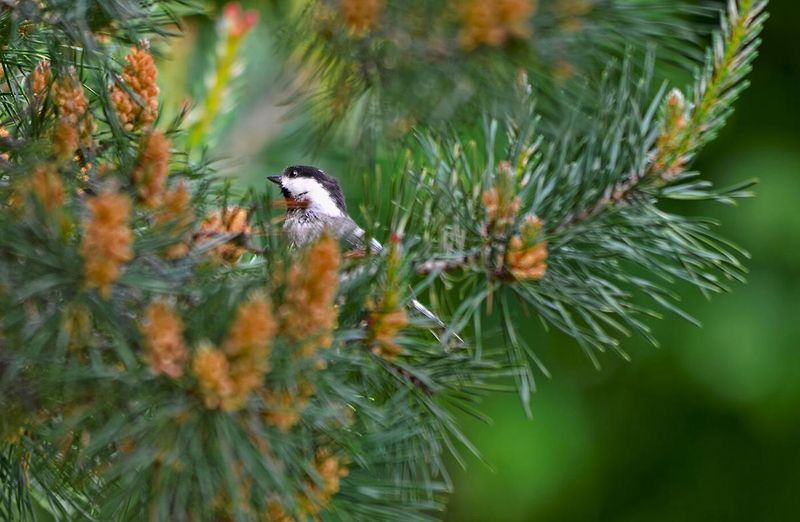
Winter storms send birds searching for shelter, and evergreens offer perfect protection when deciduous trees stand bare. Pine, spruce, and cedar trees create wind barriers and trap heat, becoming avian winter havens.
Their dense, year-round foliage provides nesting sites during breeding season and roosting spots on cold nights. The bonus? Many produce cones with nutritious seeds that attract crossbills, siskins, and other specialty feeders.
9. Mud Puddle Stations

Who knew mud could be so useful? Robins and swallows search desperately for mud during nesting season to construct their homes.
Create a designated muddy spot by keeping a patch of bare soil consistently damp. Place it near a water source for easy maintenance. You’ll be amazed watching birds gather tiny beakfuls of mud – engineering materials for their architectural masterpieces.
10. Perching Posts
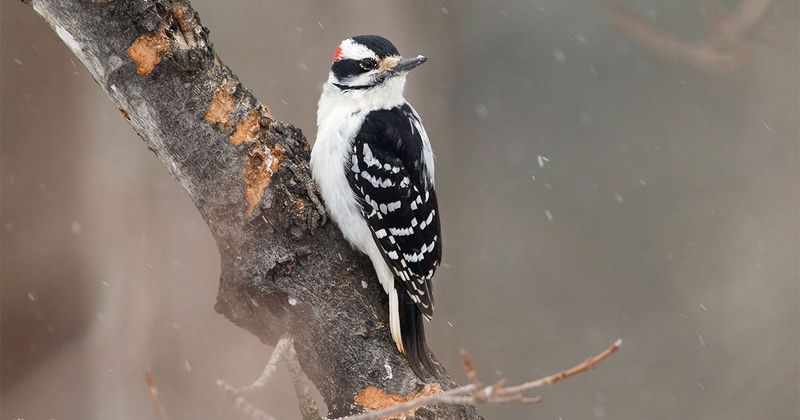
Birds appreciate a good vantage point! Strategic perches like shepherd’s hooks, trellises, or dead tree snags create perfect lookout spots for surveying territory and watching for predators.
These elevated positions also serve as singing stages during breeding season. Male birds use prominent perches to broadcast their songs, attracting mates and announcing territory. Taller perches often become favored spots for impressive aerial hunters like flycatchers.
11. Pesticide-Free Zones
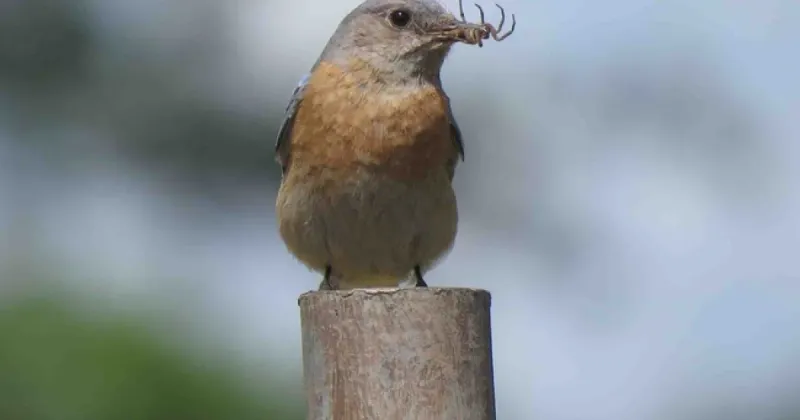
Chemical-free gardening isn’t just environmentally friendly – it’s bird essential! Pesticides eliminate the insects that parent birds depend on to feed hungry nestlings.
Many songbirds require hundreds of insects daily during breeding season. By embracing natural pest management, you’re setting an all-you-can-eat buffet for birds while maintaining ecological balance. Healthy insect populations mean healthier birds and more successful broods.
12. Seed-Producing Meadow Plants

Finches perform impressive balancing acts on swaying coneflower and black-eyed Susan stalks! These and other meadow plants produce seeds that sustain goldfinches, sparrows, and juncos through changing seasons.
Unlike traditional gardens, meadow patches require minimal maintenance. Simply leave seed heads standing through winter instead of deadheading. The natural seed dispensers will attract colorful winter visitors when other food sources disappear.
13. Cat-Free Environment
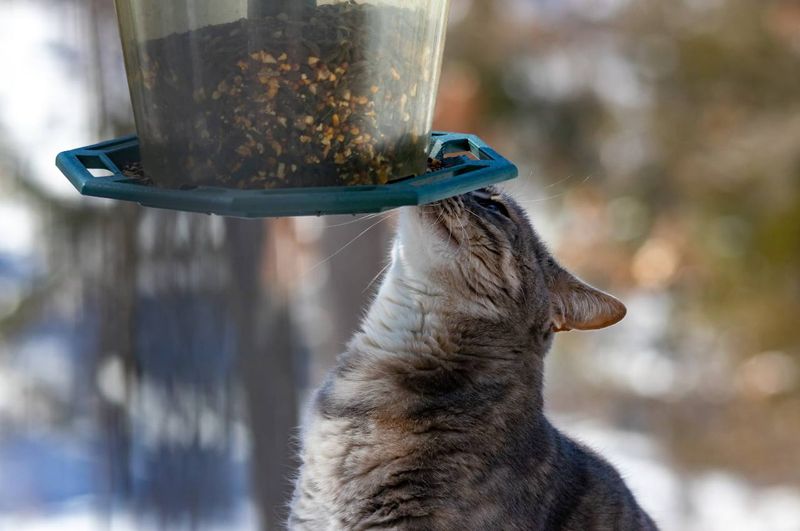
Feeling safe means everything to birds considering a new habitat. Outdoor cats, even well-fed ones, instinctively hunt birds – killing billions annually in the United States alone.
Keep cats indoors or create contained “catios” where feline friends can enjoy outdoors safely. Position bird feeders away from bushes where cats might hide. These simple steps dramatically increase bird visits and survival rates in your yard.
14. Fruit Tree Offerings
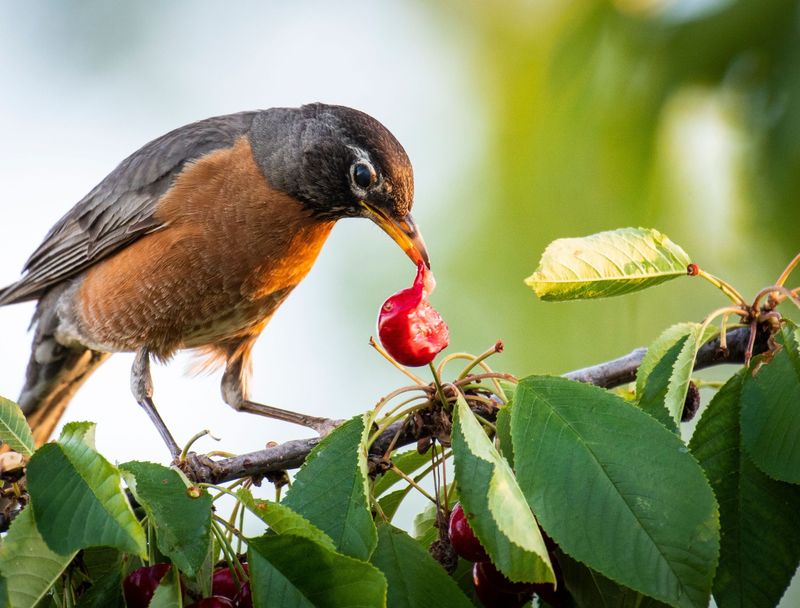
Fruit-eating birds throw quite the party when apple, cherry, or mulberry trees ripen! Orioles delicately probe for sweet juice while waxwings gather in chattering flocks to share the bounty.
Even imperfect fruit has value – slightly damaged or overripe specimens attract different species than perfect fruit. Leave some fallen fruit on the ground for ground-feeding species like robins and thrashers, creating a multi-level dining experience.

